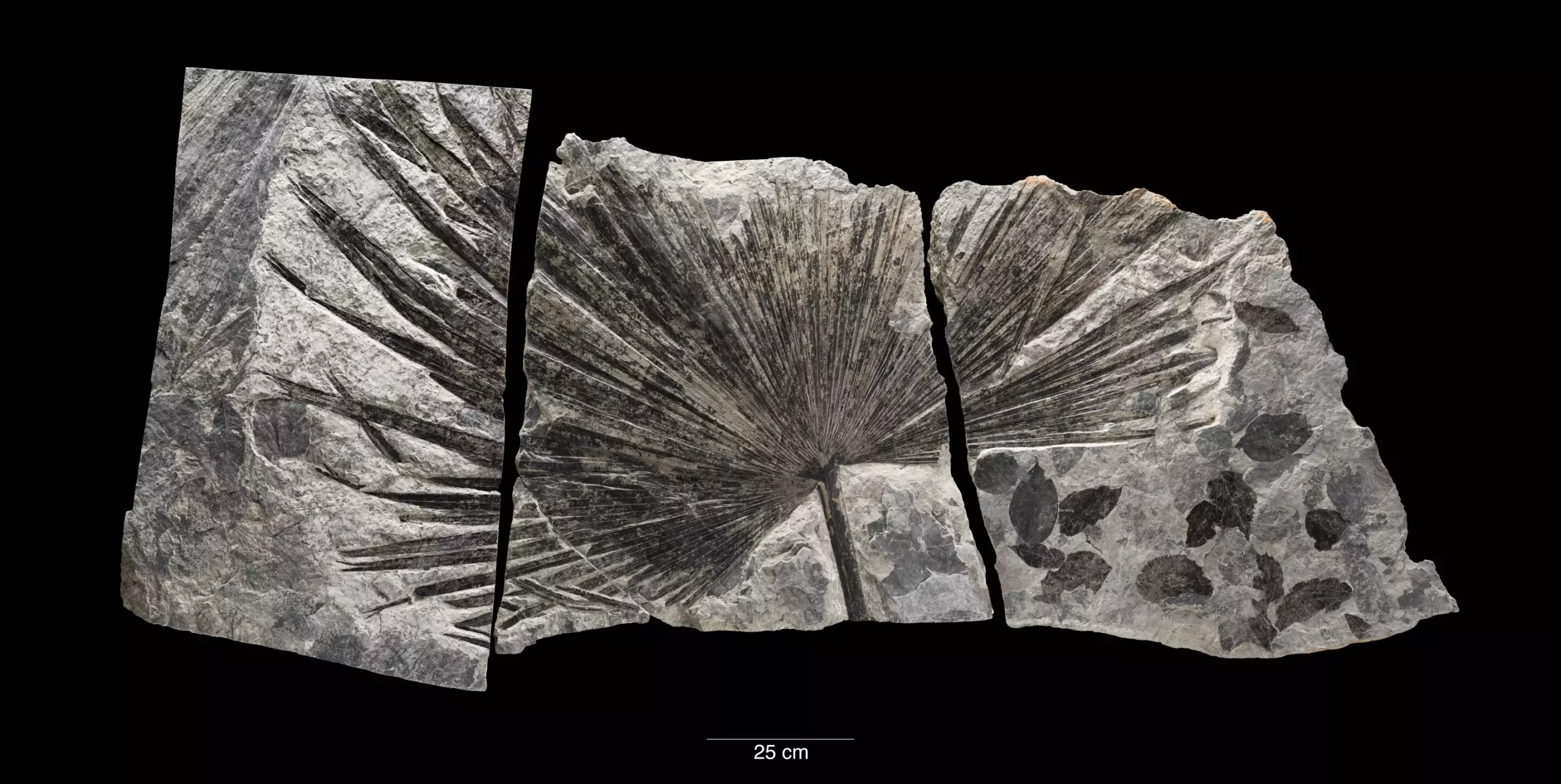Recent research led by the Smithsonian Institution and the University of Arizona has made significant strides in understanding Earth’s climatic history over the last 485 million years. Published in the journal *Science*, the study highlights a newly created curve of global mean surface temperature (GMST), shedding light on the intricate relationship between temperature fluctuations and the geological and biological events that have shaped our planet. The outcomes of this research offer critical insights, particularly in the context of current climate change scenarios, making the findings all the more crucial for both scientific and public understanding.
The Methodology: Data Assimilation in Climate Reconstruction
The core of this research lies in an advanced approach called data assimilation, traditionally used for weather forecasting. Lead author Emily Judd expressed that this technique was repurposed to “hindcast” ancient climates rather than predict future conditions. By amalgamating geological data and climate models, the research team developed a coherent narrative of temperature trends across vast geological time scales. This method enabled the researchers to synthesize more than 150,000 individual data points along with over 850 model simulations to produce a robust and detailed temperature curve. The utilization of various ancient geochemical archives, including fossilized shells, underscores the interdisciplinary nature of this initiative, merging paleontology with climate science.
Revealing the Temperature Curve of the Phanerozoic Eon
The newly generated temperature curve indicates that Earth’s climatic history is far more dynamic than previously acknowledged. Spanning the Phanerozoic Eon, which commenced around 540 million years ago, the GMST varied dramatically—from a chilly 52 degrees Fahrenheit to a steaming 97 degrees Fahrenheit. Each fluctuation aligns closely with variations in atmospheric carbon dioxide levels. Jessica Tierney, a co-author of the study, emphasized this correlation, noting that the presence of CO2 emerges as the primary factor influencing global temperatures throughout Earth’s expansive history.
This correlation not only enriches our understanding of past climates but also acts as a mirror reflecting current conditions. As the Earth’s mean temperature of 59 degrees Fahrenheit stands notably cooler than many epochs of the Phanerozoic, the implications of human-driven greenhouse gas emissions loom large. These emissions are propelling rapid climatic shifts, potentially leading to disastrous effects on global biodiversity and sea levels. The research serves as a stark reminder for contemporary society to heed historical lessons, emphasizing that rapid climate change can yield devastating consequences, including mass extinction events akin to those seen in the geological record.
The exploration of Earth’s temperature changes over deep time provides a significant context for interpreting how ecosystems historically responded to climatic shifts. Notably, past events of rapid warming often coincided with catastrophic outcomes for various life forms and ecosystems, reinforcing the notion that the speed of change is critical in determining its impact. Tierney’s assertion that both humanity and other species have evolved within a “cold climate” reveals the potential risks we face as we accelerate into a warming world. By examining the interactions between temperature changes and biological adaptations, researchers hope to foster a deeper understanding of both resilience and vulnerability amidst ongoing climate transitions.
Despite the groundbreaking nature of this study, the researchers acknowledge that their work is an ongoing endeavor. Scott Wing and Brian Huber are part of an iterative process that seeks to refine the temperature curve as new data becomes available. Huber remarks that this research sets a foundation but notes, “This isn’t the final curve.” The continuous interplay between discovering new fossilized evidence and utilizing evolving technological tools ensures that our understanding of ancient climates will expand and evolve over time.
The PhanTASTIC Project, which seeks to refine our understanding of the Phanerozoic temperature curve, represents a collaborative effort spanning several institutions and disciplines. By synthesizing diverse geological records and climate modeling efforts, the contribution of each researcher speaks to a concerted dedication to unearthing our planet’s climatic past.
The study of Earth’s climatic past not only enlightens us about the various factors that have influenced temperature shifts but also provides essential context for addressing the challenges of modern climate change. The insights garnered from this research serve as an urgent call to action, alerting us to the precarious nature of our environment. Understanding the link between carbon dioxide concentrations and temperature variations throughout history equips us to better ponder our path forward. As humanity confronts the implications of rapid climate change, the lessons unearthed by this research may guide our strategies for sustainability and resilience in a dramatically shifting world.


Leave a Reply